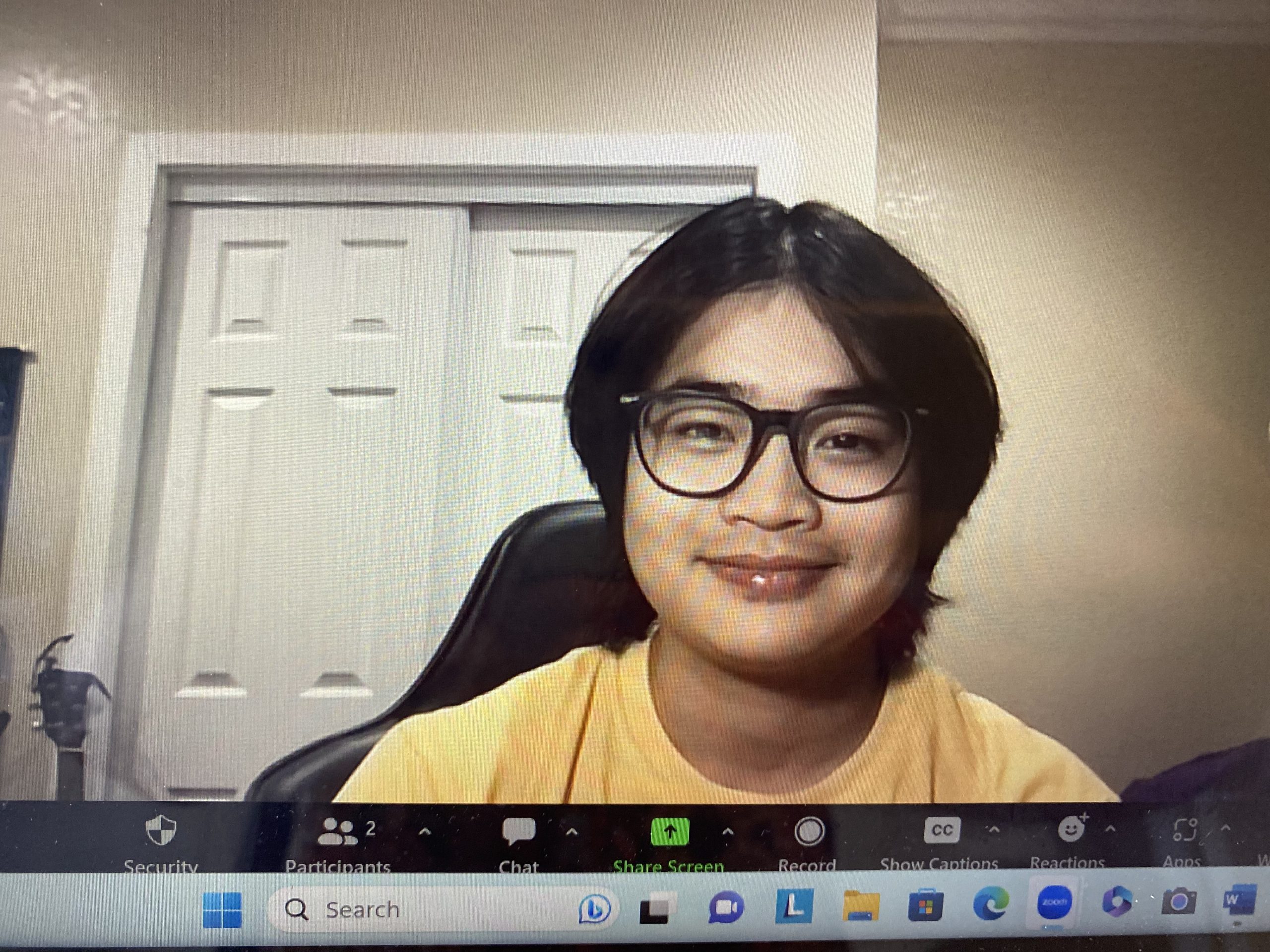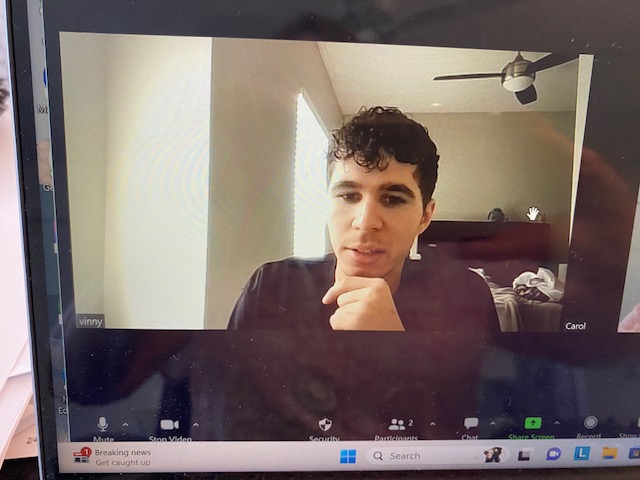In Part 3 you learned how the process of creating works. You learned the importance of freeing yourself from resistance and conditioning so that you can come to the present moment, undecided about reality. In this way, you become a conduit for inspiration and the flow of ideas. Creativity plays a huge role in our lives. Let’s look at these roles, and how you can encourage and strengthen your child’s innate creativity.

Creativity informs many aspects of our lives – not just an artistic product we are creating. Creativity involves the way we look at things. For example, walking down the beach one person may see the plastic scraps and bottle caps as litter; another person may see them as materials for a collage. We are all unique.
What is your child’s unique way of seeing things and interpreting them? You’re only going to find out by asking, and asking will give your child the opportunity to explore and strengthen her creativity and find her own uniqueness. Take every opportunity to ask your child questions about how s/he thinks about something – a book, a movie, the new house down the road, the lasagna at your mother’s house, the flowers to plant in the garden this summer, the design of the new school flyer, the amusement ride, the shirts and pants s/he likes, the arrangement of the furniture in her bedroom, etc. Once you get an answer, ask, “Why?”
Creativity also shows up in how we do things. How do you vacuum the room – up and down, across, diagonally, one small area at a time? How do you like to clean, where do you start? How do you sort out your clothes, your socks? How do you save money? How do you like to cook eggs?
Any time you are tempted to tell your child how to do something or what to do or when to do it, etc., stop and turn it into an opportunity to let your child explore his creative nature. How would he do it? What are his suggestions? How does she see it? What’s important to her? Let your child surprise you. Since you’re both in this together, you can take notice of how you see things as well, and share with your child. No one is either right or wrong. Rather, you both want to see if your creative way is useful and has essence for you.
Problem solving is another great way to strengthen creativity. Many people find they are most creative when they have something to respond to. What are some ways we can solve this problem? How can we resolve this? What can we create to solve this issue? What invention to solve this necessity? How can we make this or that better? What is the question to ask? What are the essences we want? What are the feelings we want? What forms can we create to manifest them? See my blog on essence.
 More than ever, we live in a time where our children are going to have to think outside-the-box for solutions to problems. Albert Einstein said, “You can’t solve a problem using the same thinking that created it.” Insanity is sometimes defined as doing the same thing over and over and expecting different results. Both of these observations speak to how our thinking and conditioning keep us from coming to the present moment undecided, with a blank canvas, so that we can really see what there is to see.
More than ever, we live in a time where our children are going to have to think outside-the-box for solutions to problems. Albert Einstein said, “You can’t solve a problem using the same thinking that created it.” Insanity is sometimes defined as doing the same thing over and over and expecting different results. Both of these observations speak to how our thinking and conditioning keep us from coming to the present moment undecided, with a blank canvas, so that we can really see what there is to see.
Einstein also stated, “I have no special talents; I am only passionately curious,” and, “The important thing is not to stop questioning.” Both curiosity and living in the question are wonderful tools to teach our children that will also prepare them for the most important role of all that creativity plays in their life.
What role is that? You’ll discover it in the final part of this series. It’s none of the above, though the above will train you and your child for this role. And, you’ll learn how to deal with the very human tendency to judge.
As you’ve been reading this series, I hope it has occurred to you that cultivating creative skills is the opposite of what happens in many classrooms. Under pressure to get good test results, teachers stop asking. They tell. It’s quicker that way, and then everyone’s on the same page. They tell what is important in a story, they tell why it is important, they tell what will be on the test, they tell how to do this and that and that there is only one way.
In too many classrooms today creativity is stifled. Students are not asked to think for themselves. Consequently, they don’t get to know who they are. They haven’t practiced how to explore their minds, how to inquire, and how to create. Bringing creativity back into the classroom is an essential task for all educators. Most teachers excel at creativity. It actually happens quite naturally once the fear of test results as well as time restraints are removed.








